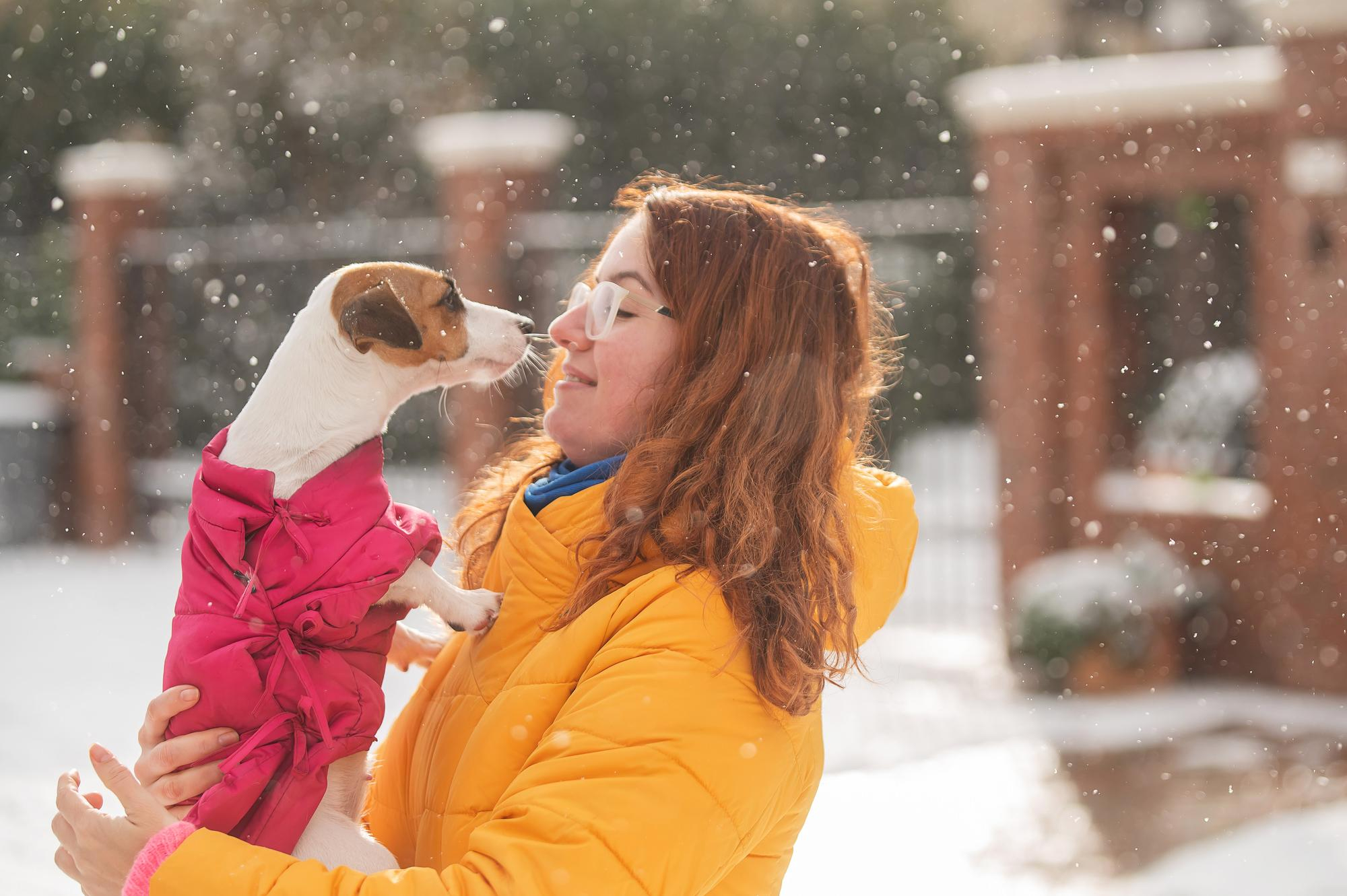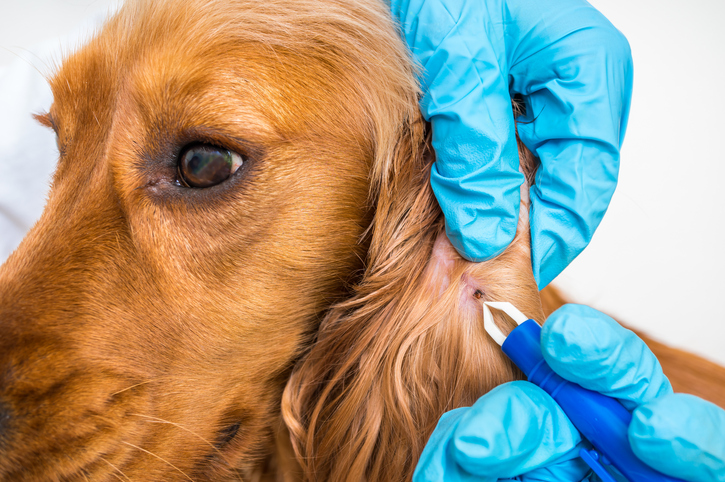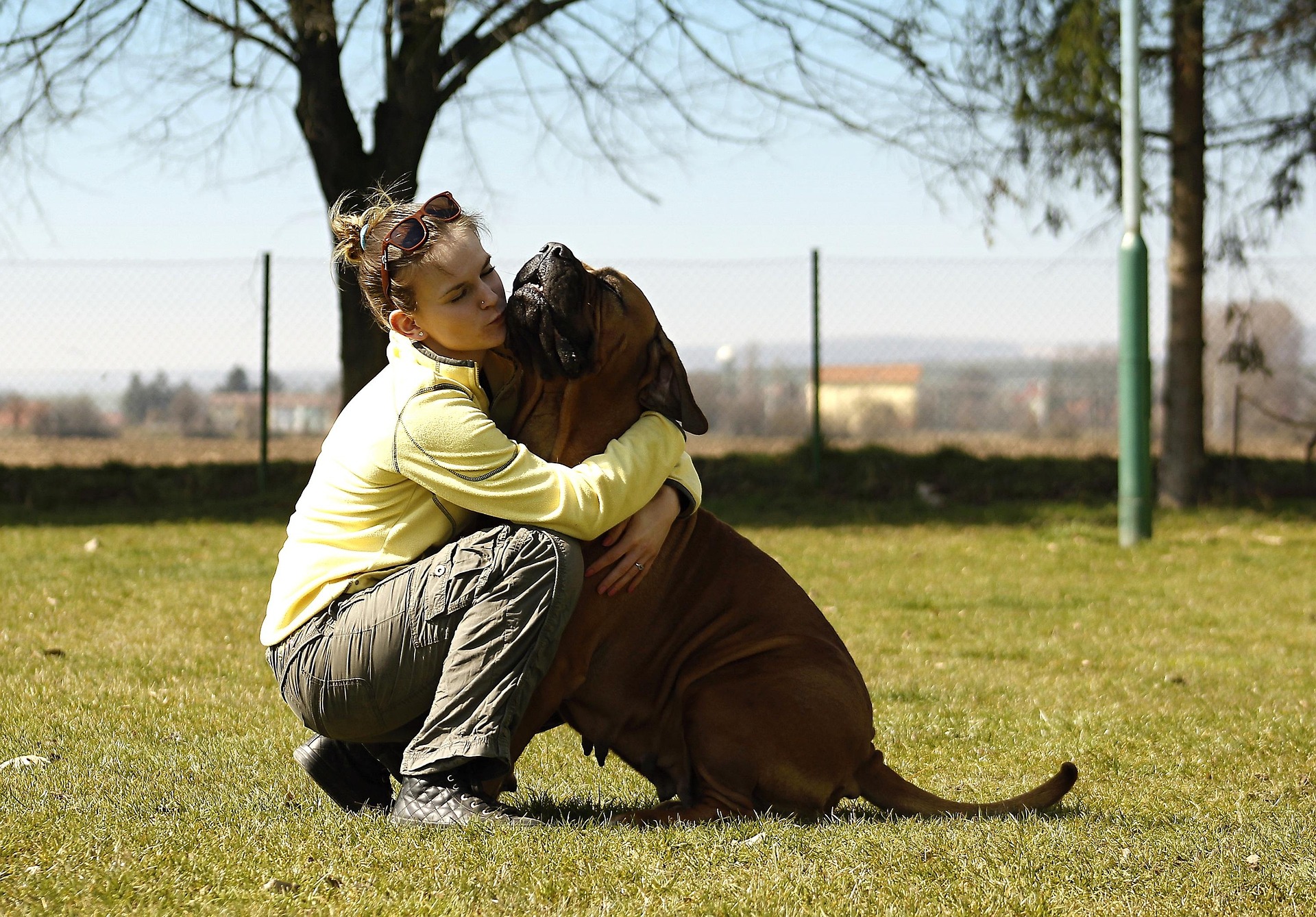With a new year in full swing, many of us are taking some time to take stock of things and set goals for the future. If you’re a pet owner, one of your top priorities is, of course, to ensure your furry friend is as well cared for as possible.
That’s why this time of year is perfect for checking in on their well-being and setting new goals to help them stay as healthy and happy as possible. In this guide, we go over 10 responsible pet care tips you can take not only into the start of the new year, but also all year round.
1. Ensure Your Pet is Identifiable
It’s heartbreaking to imagine your pet running off or becoming lost, but it unfortunately can and does happen. The best way to ensure your pet doesn’t get lost for good is with proper identification.
At a minimum, your pet should have a safe collar with a tag that has your contact information on it. However, we strongly recommend taking extra measures—namely, microchipping.
While an ID tag on a collar is great, there’s always the chance that your pet gets out of their collar, making it much harder for them to be identified. With a microchip, your information is accessible with a simple scan, making it much more likely that you’ll be reunited with a lost pet. Make sure your contact information stays up-to-date when you change addresses or phone numbers.
2. Double-Check Vaccinations
Vaccinations are a vital part of pet care, helping to protect your furry friend from serious yet preventable diseases. Some new pets need a specific range of vaccinations. Your vet will be able to advise you on which vaccinations they need (and when) upon your first visit. For older pets you’ve had for a while, double-check with your veterinarian to see if any immunizations need renewal in order to keep proactively protecting your pet.
3. Choose Nourishing Food
An essential part of pet care is providing the right amount of healthy, nourishing food. All pet foods are not created equally, which is why it’s important to do ample research and ask for expert assistance when choosing a formula. In general, you should be looking for food with a good balance of protein, carbohydrates, and fats, as well as plenty of fiber to help with digestive health. If you’ve noticed that your pet has been having digestive issues or isn’t always finishing their food, there may be underlying concerns. A veterinarian can help diagnose any concerns, and can offer suggestions on formulas that might work for your pet.
4. Spay/Neuter Your Pet
Spaying or neutering a pet is considered vital for good pet care. Not only do these processes prevent unwanted pregnancies, which often result in pets without homes, but also it can protect your pet from a whole range of health issues. Spaying prevents female pets from going into ‘heat’, making them less likely to run away from home. For male pets, neutering can help reduce aggression and other unwanted behaviours, such as spraying.
5. Start a Grooming Routine
Could your grooming routine be improved in the new year? There are many simple at-home ways to care for your pet, improving their quality of life, helping them stay clean and comfortable, and even preventing injuries or other health conditions. Your vet can offer suggestions on grooming tasks to add to your routine, such as brushing teeth, combing coats, and trimming nails.
Be sure to read our grooming guide for more information on caring for your cat or dog.
6. Prioritize Exercise
Pets need regular exercise in order to control their weight, reduce their risk of developing illnesses like diabetes and arthritis, and generally keep them healthy and happy. For dog owners, consider ways to help your dog get more active in the new year, such as taking them for hikes, buying new toys for them to fetch, or simply making more time in the week for walks. It’s more difficult to keep a cat active since they can’t be walked, so be sure to spend plenty of time playing with them or set up obstacle courses and areas for them to explore.
Need more ideas? Check out our guide on helping your cat get the exercise they need.
7. Upgrade Your Pet’s Living Space
Why not upgrade your pet’s digs in the new year? Your cat or dog should have a warm, comfortable habitat to relax in. Take a look around their current quarters to see where things could be improved—if your dog’s bed is looking worn out, it might be time to replace it. If your cat’s litter box is a little too far-gone, consider upgrading it. While you’re assessing the space, look for any potential hazards (such as exposed cords or loose window screens) to ensure your home is as pet-safe and friendly as possible.
8. Work on Socialization
If you have a younger pet, you understand how time-consuming proper training and socializing can be. However, these are absolutely essential tasks, ensuring your pet is well-adjusted and able to be around people and other pets safely. Make sure to keep up with toilet and obedience training for dogs, starting as soon as possible. For cats and dogs, safely expose them to other people and animals whenever possible to help them become more socialized. If you’re hitting a wall with at-home training, ask your veterinarian for suggestions—they can likely refer you to a great trainer who can help your pet get to the next level of their training and socialization. Your veterinarian may recommend a behaviourist if unpleasant behaviours develop.
9. Make More Time for Play
Play is a great form of exercise for your pet, but that’s not the only benefit. Regularly playing with your pet strengthens your connection, helping your pet feel happier, safer, and more relaxed. Play can help enrich them emotionally as well, providing the stimulation they need to stay calm and at ease. In the new year, make it a goal to spend more time simply playing and hanging out with your furry friend—it will be good for both of you!
10. Visit the Vet Regularly
Arguably the most important part of caring for a pet is ensuring they have regular access to professional, expert help. A trustworthy veterinarian is invaluable when it comes to your pet’s well-being. Not only are they there to help you in times of emergency, but they also offer peace of mind and proactive support by identifying and treating small concerns before they become serious problems. They can also offer suggestions for food, at-home treatments, grooming, exercise, training, and much more.
This year, make sure you have at least one check-up scheduled with a veterinarian to ensure your cat or dog gets the care they need.
Creative Commons Attribution: Permission is granted to repost this article in its entirety with credit to Hastings Veterinary Hospital and a clickable link back to this page.






